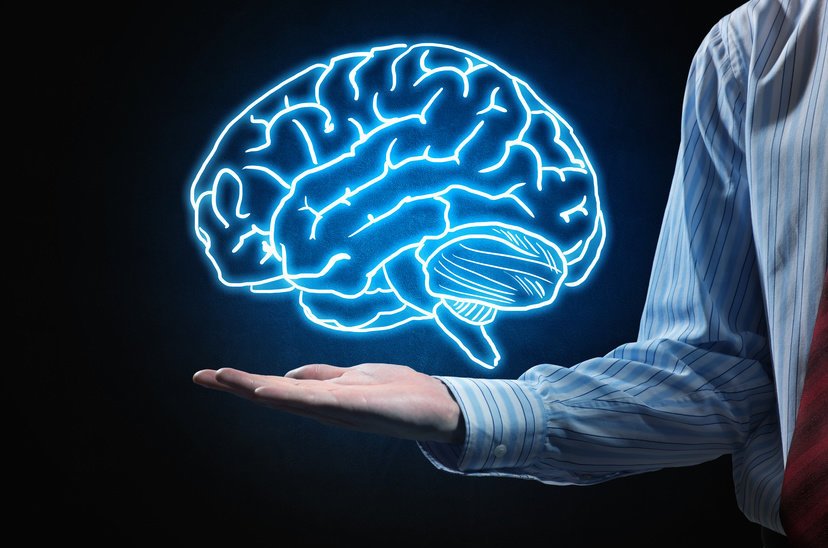We are interested in understanding how humans generate, update and exploit temporal and formal predictions to adapt to a dynamically changing environment, how we process emotional cues in communicative signals, and what happens when predictions are altered.
Our research involves comparative (animal models) and translational approaches (clinical populations), and aims to develop novel and individualized treatments. We substantiate the relative contribution of cortico-subcortical networks and their interaction with bodily physiological signals in uni- and multimodal processing and integration of complex environmental stimuli, such as music and speech.
Research lines
Adapting to Dynamic Environments
We are interested in the ability to successfully navigate through, and interact with, an ever-changing dynamic environment. We investigate the mechanisms which allow adequate timing and adaptation to the rate and rhythm of events in the environment using behavioural and neuroimaging techniques. As inadequate timing factors into the neurofunctional profile of different patient populations, we use our findings to develop strategies for compensation. Such translational approach towards clinical applications is further informed by comparative research with animal models (rodent, macaque monkey) and lesion-symptom mapping studies.
Researchers:
Michael Schwartze, Antonio Criscuolo, Pia Brinkmann, Anna Czepiel, Ece Kaya and Matthew Moore
Project I: Sensorimotor neural dynamics in temporal processing
Project II: Timing and sensory gating in tinnitus
Project III: Battery for the Assessment of Auditory Sensori-motor and Timing abilities
Speech and language processing
Spoken language is a complex signal unfolding over multiple timescales and affecting brain dynamics on different levels. We are interested in how predictive processing can be applied to the neurocognition of such a complex signal. As a measure of predictive processing we use neural oscillations as well as ERP analysis. Specifically, we focus on populations such as expert musicians or dyslexic individuals to discover whether their predictive mechanisms on the level of phoneme and meter are comparable to control subjects’.
Researchers:
Katerina Kandylaki, Alexandra Emmendorfer
Project I: Predictions in speech processing
Project II: Cross-domain rhythm perception
Project III: Semantic and syntactic processing in Parkinson’s disease
Body-brain interactions
We are interested in unravelling the functional mechanisms underlying the bidirectional and continuous interactions between physiological rhythms of the body and the brain. In particular, we aim to provide a dynamic perspective on how breathing and cardiac signals interface with neural rhythms to modulate human behavior across multiple domains, from information processing to perception and action. This holistic approach to the study of brain functions promises to improve our understanding of how individuals efficiently act in and adapt to a dynamically changing environment, from neurotypical to pathological populations.
Researchers:
Michael Schwartze, Katerina Kandylaki, Antonio Criscuolo and Anna Czepiel
Project I: Body-brain influence on cognition
Project II: Body-brain influence on aesthetic experience of music
Voice Adaptation and Vocal Learning
According to control theory, internal models play a decisive role in how our brain operates at an optimum level. By extracting sensory information from the environment and integrating it across domains, the brain is constantly updating its modus operandi, thereby using sensory resources as efficiently as possible. An essential prerequisite for this efficiency is the ability to form sensory predictions, which entails a repeatedly encountered stimulus to become less salient and thus, more predictable. With the extension of a well-established somatosensory model into the auditory domain, our focus lies on elucidating individual differences in auditory sensory prediction by using behavioral and neuroimaging techniques (EEG & fMRI).
Researchers:
Lisa Goller, Joseph Johnson, Xanthate Duggirala, Francisco Ruston and Maria Amorim
Project I: I predict, therefore I do not hallucinate: a new protocol for testing the neurocognitive underpinnings of auditory hallucinations
Project II: Sensory gating and executive control: two sides of the same coin in non-clinical voice hearing?
Project III: Structural Alterations in voice hearers
Learning & Re-learning
How does our ability to adapt to changes in the environment ultimately lead us to acquire new knowledge about the environment and optimize our behavior? How can adaptation to external cues additionally support re-learning in cases of cognitive decline in healthy aging or neurological dysfunction? Do we learn better if someone else is guiding us, or are we equally able to learn by ourselves? Using behavioral and neuroimaging techniques (EEG, fMRI), we investigate the link between adaptation to environmental dynamics and the learning and re-learning of those dynamics, as well as the factors that optimize adaptation and hence learning. In our research, we approach these questions from both an individual as well as from an inter-individual point of view.
Researchers:
Rachel Brown, Ben Schultz and Laura Verga
Project I: Sensorimotor and statistical learning in healthy aging
Project II: Motor and sensorimotor rehabilitation in Parkinson’s disease
Project III: Timing and synchronization in social learning
Research opportunities
aaaaa

